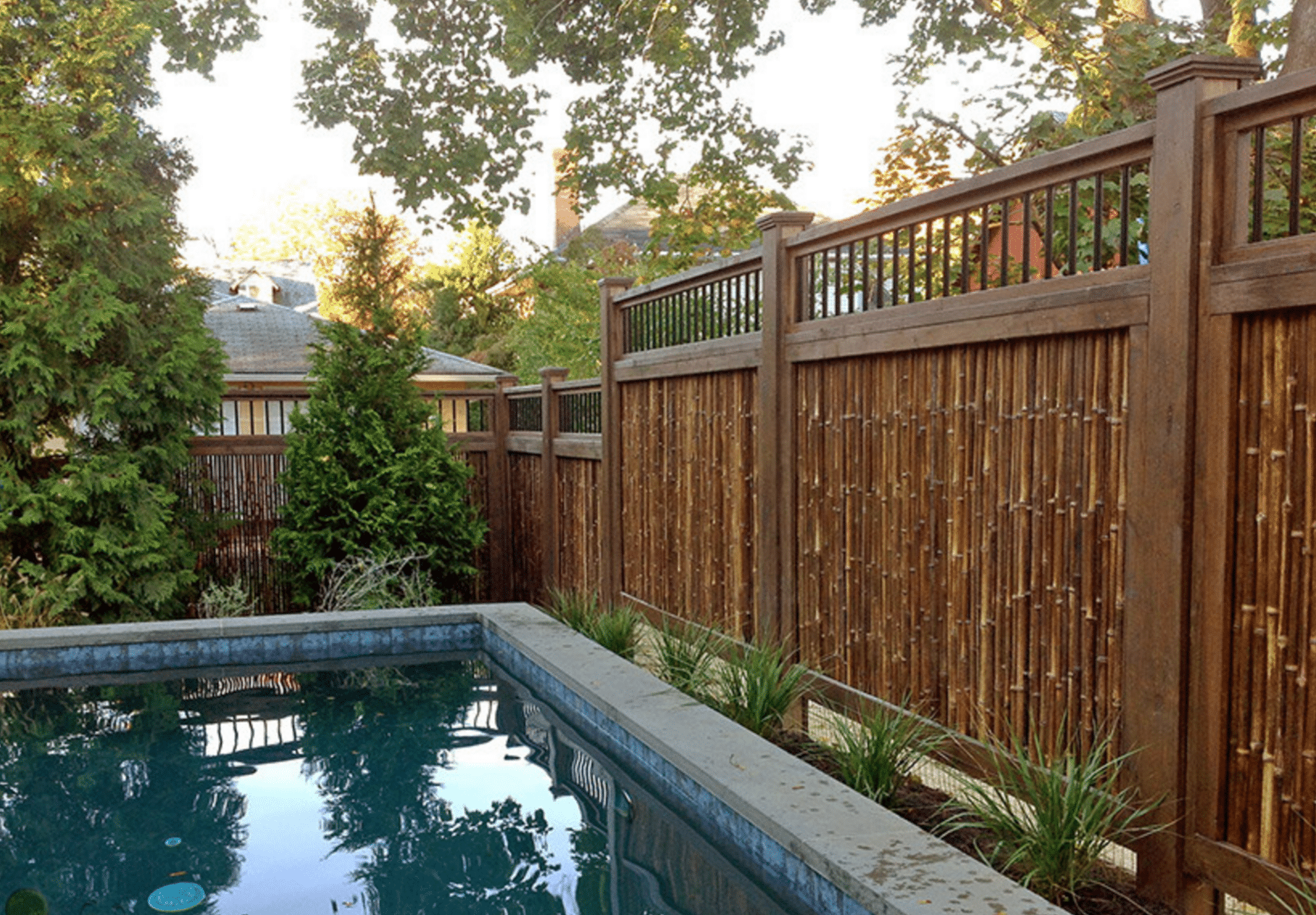All Categories
Featured
Installing a fence around your home can dramatically enhance its privacy, safety and security, and aesthetic charm. Before the installation process starts, it's essential to properly prepare your building to make certain that every little thing goes smoothly. Preparing your property can aid avoid unexpected delays, prices, or concerns during the setup, guaranteeing a problem-free and expert end result. Right here's a guide on how to prepare your building for fencing installation.
Additionally, look for any type of below ground barriers like sprinkler systems, irrigation pipelines, or utility lines. You can normally call your neighborhood energy business to mark the locations of these below ground functions to avoid accidental damages throughout installation. It's always best to make certain the ground is devoid of obstructions prior to the professional begins digging.
![]()
![]()
Conclusion. Preparing your property for fence installation is a vital action in the procedure that can save you time, stress, and cash. By comprehending local guidelines, noting home lines, clearing the installation location, and interacting with your next-door neighbors, you can make certain a smooth and successful installation. Making the effort to prepare correctly will not only make the setup process less complicated however also result in an attractive, durable fencing that improves your residential or commercial property for several years to come.
- Check Neighborhood Rules and Permits. Prior to beginning the physical preparations, it's essential to understand the neighborhood laws bordering fence setup. You may need to acquire a permit before installation or verify with your Homeowners Organization (HOA) if you live in an area with details standards.
- Mark Your Building Lines. Understanding exactly where your residential property lines are is important to make certain the fence is installed appropriately. You don't intend to inadvertently build part of your fencing on your next-door neighbor's land, as this can cause conflicts. Think about working with a professional land surveyor to note them for you if you're unsure of your home lines. Many home owners wrongly presume the borders are where landmarks or fencings currently exist, yet having a main study done can avoid expensive mistakes.
- Clear the Setup Location. Next off, you need to prepare the location where the fencing will certainly be installed. Clear the space of any type of challenges, such as rocks, tree stumps, branches, bushes, or debris. These products can hinder the fence setup procedure and may call for extra labor or equipment to get rid of, which can boost costs and time. If you have an existing fence, it will require to be taken down, so take into consideration eliminating it beforehand to prevent added demolition fees.
Additionally, look for any type of below ground barriers like sprinkler systems, irrigation pipelines, or utility lines. You can normally call your neighborhood energy business to mark the locations of these below ground functions to avoid accidental damages throughout installation. It's always best to make certain the ground is devoid of obstructions prior to the professional begins digging.

- Think About Gain Access To for Installation Devices. Throughout the fencing setup procedure, heavy tools such as vehicles, diggers, or posts might need to access your residential or commercial property. Cleaning the pathway additionally aids to prevent damages to your yard, landscaping, or any structures near the installment location.
- Interact with Next-door neighbors. If you're installing a fence on or near the residential or commercial property line, it's polite to notify your next-door neighbors about the job ahead of time. If you're working with a specialist, ask them to be conscious of your neighbor's building during installation.
- Choose Your Fence Material and Style. Before setup starts, decide on the kind of fence material and style you want. Additionally, make sure to communicate your selection with the specialist so they can prepare as necessary, guaranteeing they have all the essential materials on hand for a smooth installment.

- Prepare for the Final Touches. As soon as the fence is installed, you might need to take care of some last touches. These can include discoloration or repainting a wood fence, adding post caps, or guaranteeing the entrances turn properly. The installation team might require extra time to ensure whatever straightens as planned if you have actually decided for a decorative or custom layout. It's a good concept to examine the fencing once the installment is complete to ensure every little thing fulfills your expectations.
Conclusion. Preparing your property for fence installation is a vital action in the procedure that can save you time, stress, and cash. By comprehending local guidelines, noting home lines, clearing the installation location, and interacting with your next-door neighbors, you can make certain a smooth and successful installation. Making the effort to prepare correctly will not only make the setup process less complicated however also result in an attractive, durable fencing that improves your residential or commercial property for several years to come.
Latest Posts
Experience Long-term Confidence with Bath Fitter Metro Detroit
Published Apr 21, 25
1 min read
Keep Your Carpet Looking Its Finest with Easy, Expert Care
Published Apr 21, 25
1 min read
Style and Performance Combined
Published Apr 21, 25
1 min read